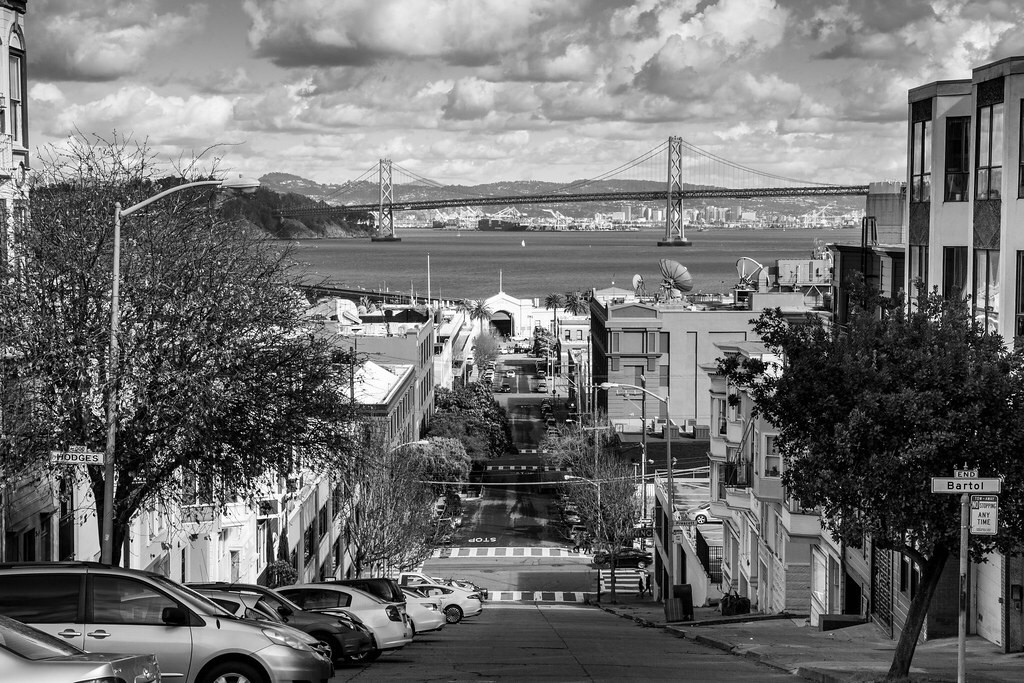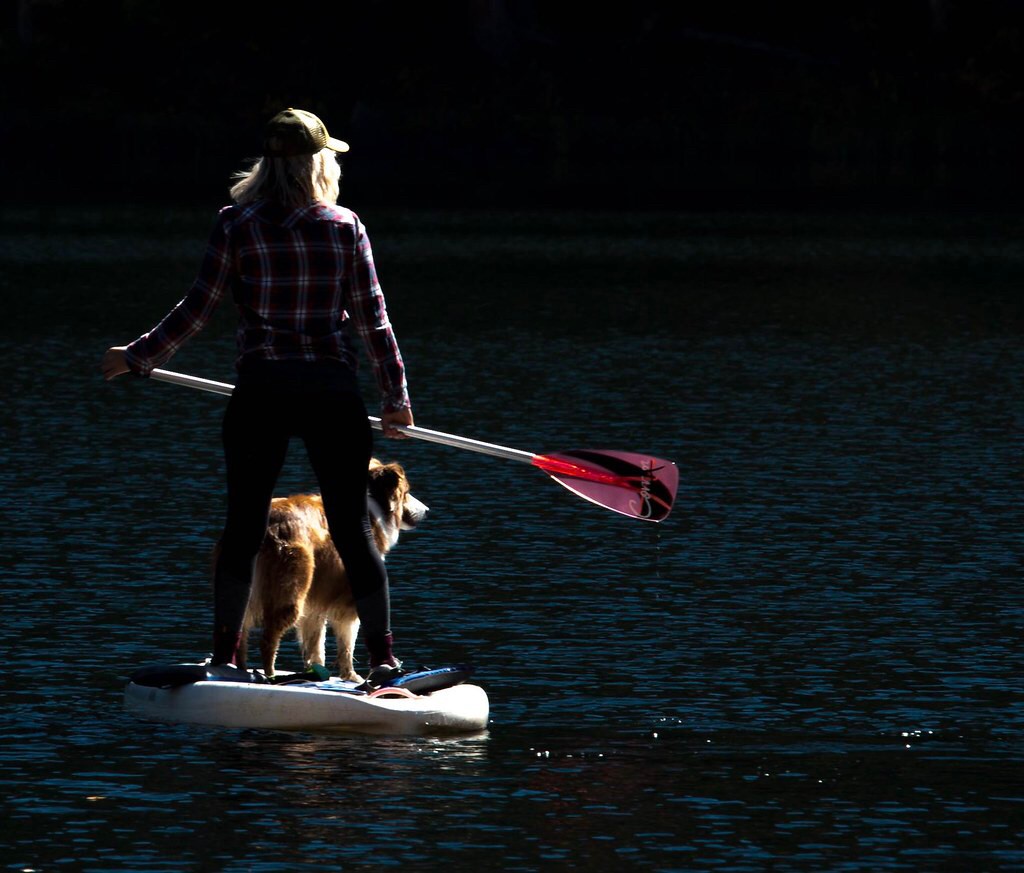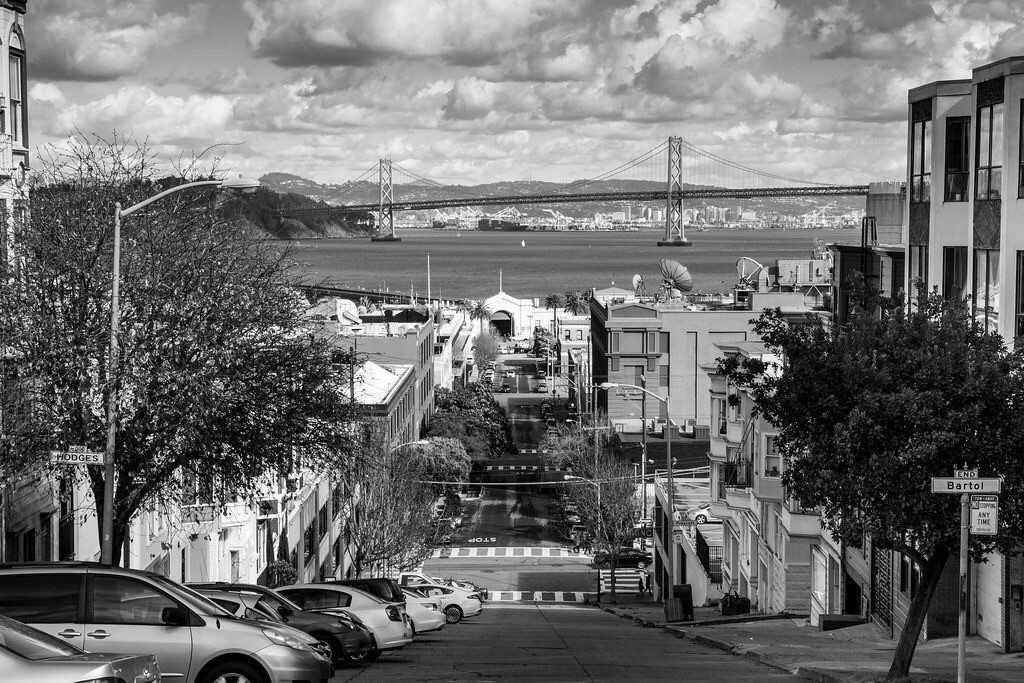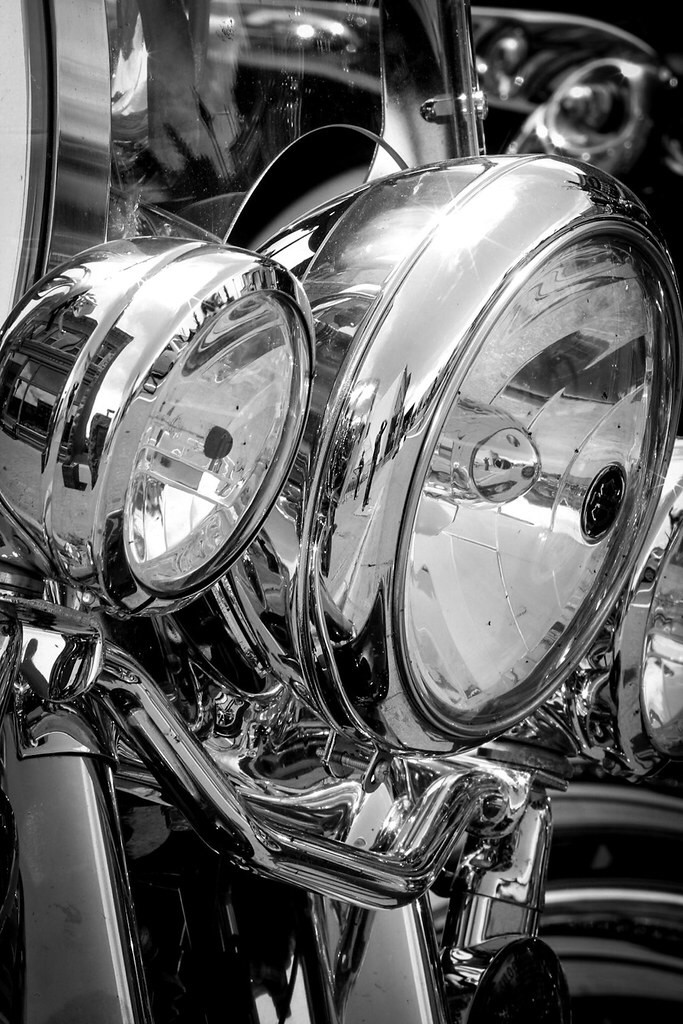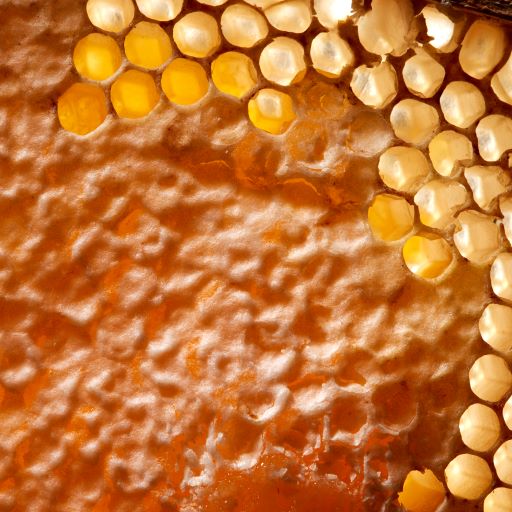practicing mindfulness with photography
by Dwaine Tait
We live in a time where there is a constant barrage of experiences competing for our attention at any given moment. We are busy, we spend our days racing from one activity to another, and in between these activities we are pulled away from the present moment by the allure of our hand held electronic devices. Trust me, I often fall victim to the charm of my smartphone. Let’s face it, it is becoming increasingly more difficult to be truly present. For example, we very rarely pause to appreciate or even notice a beautiful moment like two old friends meeting in the street or the wonder of a small child experiencing something for the first time.
Many agree that the practice of being mindful can have a tremendous positive impact on our lives. Mindfulness has been linked with a reduction in anxiety, depression, stress, emotional reactivity etc…etc… So what is mindfulness and how do we increase it in our busy, distracted lives? According to the Mayo Clinic, “Mindfulness is a type of meditation in which you focus on being intensely aware of what you’re sensing and feeling in the moment, without interpretation or judgment”. So at its core mindfulness is really the art of being fully aware and being completely in a moment without judgement. As it turns out one of the best ways to practice mindfulness is to exercise our creative muscles.
As a photographer when I think of ways to practice mindfulness, naturally I think of taking pictures. In fact, I believe one could argue that photography is a physical manifestation of mindfulness. When I am thoughtful about my approach to taking photos, it requires me to be in the moment, framing the image, observing the light, focusing, gaging the exposure and finally capturing the image. When you think about it, photography is about one’s uninterrupted connection to the present moment. For me personally, it allows me to slow down and enables me to be more attentive to my observations in a single moment.
Photography also can create an opportunity for a photographer to get outside, particularly if they are interested in landscape for street photography, and luckily for us, we live in a place where both landscape and street photography are regularly on offer. Dunedin lends itself amazingly to the art of photography, and while it’s true that our technology can be a distraction, it’s also true that most of us are walking around with a camera in our pocket in the form of a smartphone, so it is easy to get started.
Here are few ideas to get you going:
Landscape photo:
- use the timer on your phone, along with a makeshift tripod, for a nice, steady shot
- when you can, utilise leading lines in your image (a natural line that occurs in your image that leads your eye to the main focus of your image)
- if you feel the need, don’t be afraid to access the HDR (high dynamic range) mode on your phone, just be careful not to overdo it.
- take a chance on different or unusual perspectives
Street photography ideas:
- black and white photography has a nice aesthetic, particularly when you increase sharpness in post
- play around with perspective
- it’s always fun to play around with reflection (see Vivian Maier and Nick Turpin)
- street photography is a great opportunity to people watch and maybe even catch a moment of their lives with your camera. A smart phone is a great tool for this because you can always pretend you’re taking a selfie and sneak a shot. I realize this a 10 on the creep factor scale, but just remember it is for the sake of art.
- It’s also fun to play with shadows when considering a street image (see Sean Tucker)
I encourage anybody to get out there and take images. Take a walk downtown to capture some street shots or maybe a short hike to an elevated location to take that perfect landscape. Again, you don’t need the latest DSLR or mirror less 35mm camera to practice the art of photography, your i-Phone will do just fine.
Using photography as a mindfulness practice can help cultivate focus (no pun intended), and create mindfulness. So I invite you to flex your creative muscles, take advantage of photographic opportunities that Dunedin has to offer, practice being in the moment and capturing it.
